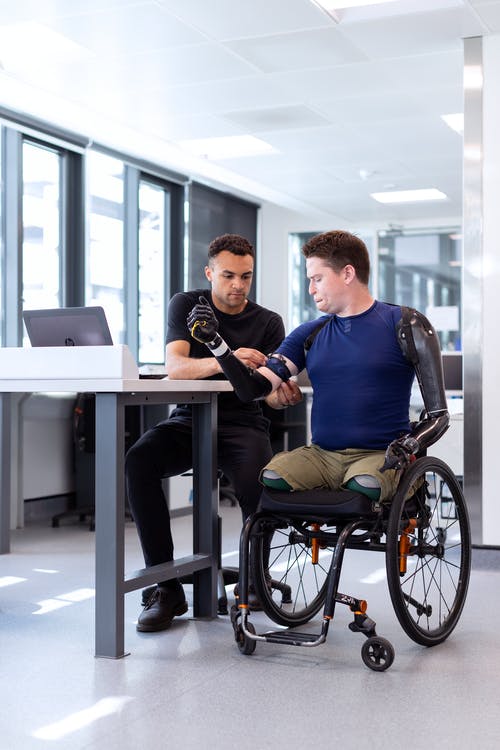
Disability refers to a wide range of conditions that hinder an individual’s ability to develop and live normal lives. This article will cover resources and institutions that provide assistance for people with disabilities. Here are some of these important points:
Disability is a broad term used to describe a number of conditions which permanently limit an individual’s development
Disability is a complex phenomenon that is caused by the interaction of the body and mind with the society in which they are experienced. It can be temporary, permanent, episodic, mild, or severe and can result from disease, injury, substance abuse, or any combination thereof. The definitions of disability can change as people and cultures change. There are many ways to define disability support melbourne. However, the term is used to describe any physical or mental condition that significantly limits a person’s ability to develop.
Blindness is the most common form of disability. However, there are many other types. Many people refer to all levels of vision loss as visually impaired. Brain injuries are another type of disability that can cause problems with the brain function and limit an individual’s ability in social or cognitive settings. These disabilities can have lasting effects on people who have brain injuries.
One in seven Canadians has a disability. This rate has risen from 4.0% in 2001, to 4.6% for children aged five to 14 in 2006, but has remained stable in children 0 to 4. In Canada, 43.4% of adults have a disability, and over half of persons aged 75 and older are considered to be disabled. This percentage is expected rise from 13.7% of 2006 to 20% by 2030.
Institutions that provide disability services
Students with disabilities can receive academic support and accommodation through disability services. Nonverbal learning disabilities, acquired brain injury, speech, hearing, or visual impairments, as well as mental health issues, can all be considered disabilities. Other types of disability may be mental or physical. Services provided by disability services can also help with depression or PTSD. The following are examples of disability services offered by institutions:
University of Connecticut: In 1967, the University of Connecticut’s Center for Students with Disabilities (now the Public Health Services Department) was established. It has seen dramatic changes over the past 50 year. It was originally responsible for installing an elevator in a student union. Now, the center considers itself a place that values the presence of disabled students. This includes providing services that assist students in adjusting to college life. Students can benefit from disability services on college campuses to help them succeed in college.
Northeastern University Disability Resource Center: This is the point of contact for disabled students at the university. It provides academic assistance and facilitates online tutorials. Although the Disability Resource Center doesn’t consider itself a student advocate it does work with students who have physical or structural disabilities to help them succeed in college. It may also provide accessible classrooms. And last but not least, disability services is an excellent resource for ideas and information.
People with disabilities have access to resources
Numerous federal agencies offer information, assistance, and support for people with disabilities. The Office for People with Disabilities (OSPD) offers a list of government agencies that provide assistance. The list is categorized alphabetically and by disabilities served. You can also find a map listing agencies by state. The website also includes instructions on how to use the map. It also provides contact information for federal agencies that offer assistance to people with disabilities.
Many organizations and businesses offer job placement services for individuals with disabilities. SETI is a national organization that helps people with disabilities find jobs and encourages the development of such organizations. They provide support and literacy training, as well as computer access. A resume and an employment guide for people who have disabilities can help them prepare to go on the job hunt. Secure Your Financial Future offers tools and resources to assist people with disabilities throughout their careers. The link below will provide more information about these resources.
The government also provides funding for people with disabilities and treatment. Federal agencies offer financial assistance to people with disabilities who have severe mental and physical conditions that limit their ability to live. To learn more about these services, visit government websites and state municipalities. Some services may be free while others require payment. If you are unable pay, you may be eligible for a government subsidy. But, it is important that you remember the many benefits of government services.

